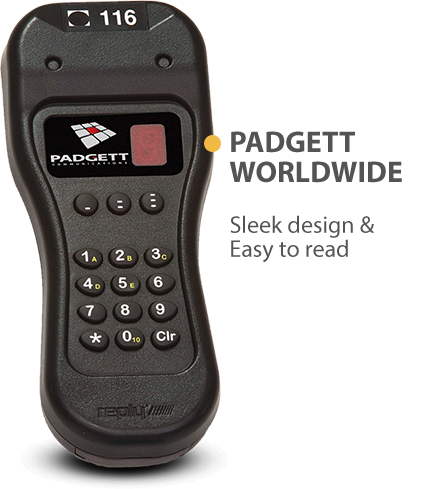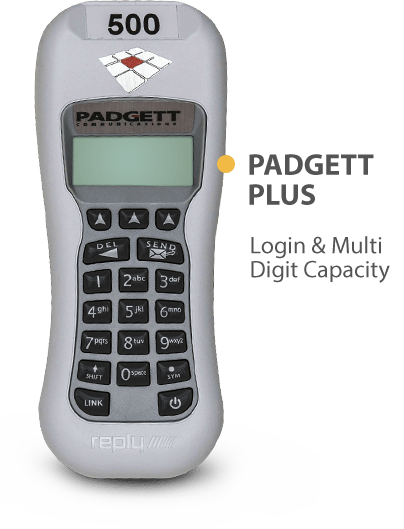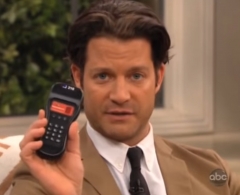What Audience Response Means

Common non-verbal responses are clapping or intentional vocalizations such as groans or laughter, but much of it is unconscious body language that experienced presenters should do well to recognize. Audience members’ body language can convey:
- Boredom, such as when someone looks in the speaker’s direction but with unfocused eyes. Prolonged head tilts can also indicate boredom.
- Disbelief, which a person can indicate by an averted gaze or by touching an ear or scratching the chin. Body language experts say that when a person is not convinced by what someone is saying, the attention invariably wanders and the person may look away for an extended period.
- Attentive eye contact, which is often the clearest sign of an audience member’s interest
- Posture or body position, because audience members who are listening intently will typically face the speaker. By contrast, someone who is disengaged in the presentation may slouch or shift to the side.
Capturing Feedback Electronically
A presenter who maintains eye contact while speaking can observe these cues and adapt the message or the method of delivery accordingly. However, non-verbal messages need to be processed with some understanding of the event’s cultural context. For instance, in North America, direct eye contact may show attentiveness but in other parts of the world, it may signal a challenge.
For a much more accurate measure of audience feedback, a presenter can capture responses by using an audience response system (ARS). In the simplest terms, an ARS combines software with handheld devices, or clickers, that are distributed to audience members, allowing them to respond to prompts during a presentation. Prompts may take the form of multiple-choice or true/false questions, or questions that call for numerical answers. Whatever the case may be, an ARS can provide real-time feedback that can be displayed to the audience or recorded.
Ultimately, the purpose of an ARS is to improve the communication between the presenter and the audience, and the true power of the system lies in the audience feedback it allows you to receive. Studies have shown that when used correctly an ARS simplifies the feedback process to effectively:
- Enhance interactivity between the presenter and audience members
- Increase audience attentiveness
- Gauge audience members’ interest in the subject of discussion
- Increase knowledge retention among students
- Create a fun learning environment
- Confirm understanding of a presentation’s key ideas
- Allow anonymous polling at election events
- Collect valuable data for reporting and analysis
- Measure the impact of a speaker’s messaging or proposal
- Track individual responses
Who Uses ARS Technology?
Audience response technology was first introduced in the 1960s for market research and test screenings in the film industry. (Interestingly, while filmmakers have long been divided on the value of test screenings, studios have been known to rework entire movies based on responses gathered through ARS.) Since the introduction of ARS, advances in computers and wireless devices have made it more affordable and accessible, and today ARS is used for an increasing number of applications in a variety of settings, from university classrooms and corporate events to association meetings and local board elections.
How to Use ARS
To reduce confusion and give time for users to develop skills with an ARS, it’s best to introduce it well before a meeting or presentation. This especially applies to corporations or educators, so that users can field potential questions and related privacy concerns. For conferences and live events, depending on the ARS provider, a brief explanation and practice session, is usually all that’s needed, although having a trained ARS facilitator on hand is certainly optimal.
Being open and honest about how you intend to use the system and the data you collect can overcome audience members’ fears of negative consequences for their responses. Generally, using the
ARS in anonymous mode will help in this regard. Explain how the ARS will be integrated into your presentation and be sure to emphasize confidentiality.
Plan Your ARS Prompts
As with most ventures, the success of your ARS application largely depends on your preparation. Creating questions for your audience may seem simple, but there a several factors to consider that can affect the quality of participation, and, thus, your results.
First, you must determine the purpose of your questions. With each one, you must ask: What am I trying to measure or accomplish? For efficiency, choose questions based on the event’s concepts or topics. Tackling too much in one session can lead to an overly long event and more response information than necessary.
Next, choose a format. Although the type of ARS you’re using may limit your options, there are three main question formats:
- Close-ended or multiple-choice questions that provide a short list of possible answers
- Open-ended questions that ask for short text-based responses
- Scalar questions that rate or evaluate a discussion item – for example, a 5-point numeric scale from “Agree” to “Strongly Disagree”
- Ranking questions that put items in an ordinal sequence – for example, five items ranked in order of importance
For maximum clarity, use direct, simple wording with easy-to-understand choices. If you think a question is too wordy or comprehensive, revise it into multiple questions. Experts advise using the funnel approach: Simple, broad questions at the beginning and more specific, sensitive, or difficult questions toward the end.
After the Event
The data you obtain through an ARS is valuable long after an event, so remember to save your responses for further analyses. Most ARS’s will generate useful reports and allow you to export data into programs like Excel. It’s no surprise that organizations and businesses across the globe rely on ARS’s to strategize, plan work schedules, and make meaningful decisions.
State-of-the-Art Options
If you want to utilize an ARS for an upcoming event, be it a presentation, meeting, or conference, consider Padgett Communications. Based in Tampa, Florida, Padgett offers a combination of thoughtful customer service, technologically advanced hand-held keypads, customizable ARS software, as well as an extensive range of display formats and question-and-answer options. With us as your ARS partner, you’ll have the confidence that your event will be as engaging and data-rich as inherently possible. Our trained ARS technicians will provide seamless on-site setup and support, no matter how complicated or elaborate your program. We cater to all types of industries, including telecommunication companies, luxury hotels and resorts, professional sports leagues, automakers, and television networks.
To learn more about our service, including our 100% success rate with more than 10,000 events, contact Padgett Communications today. We will be more than happy to provide you with a free, itemized quote.



























